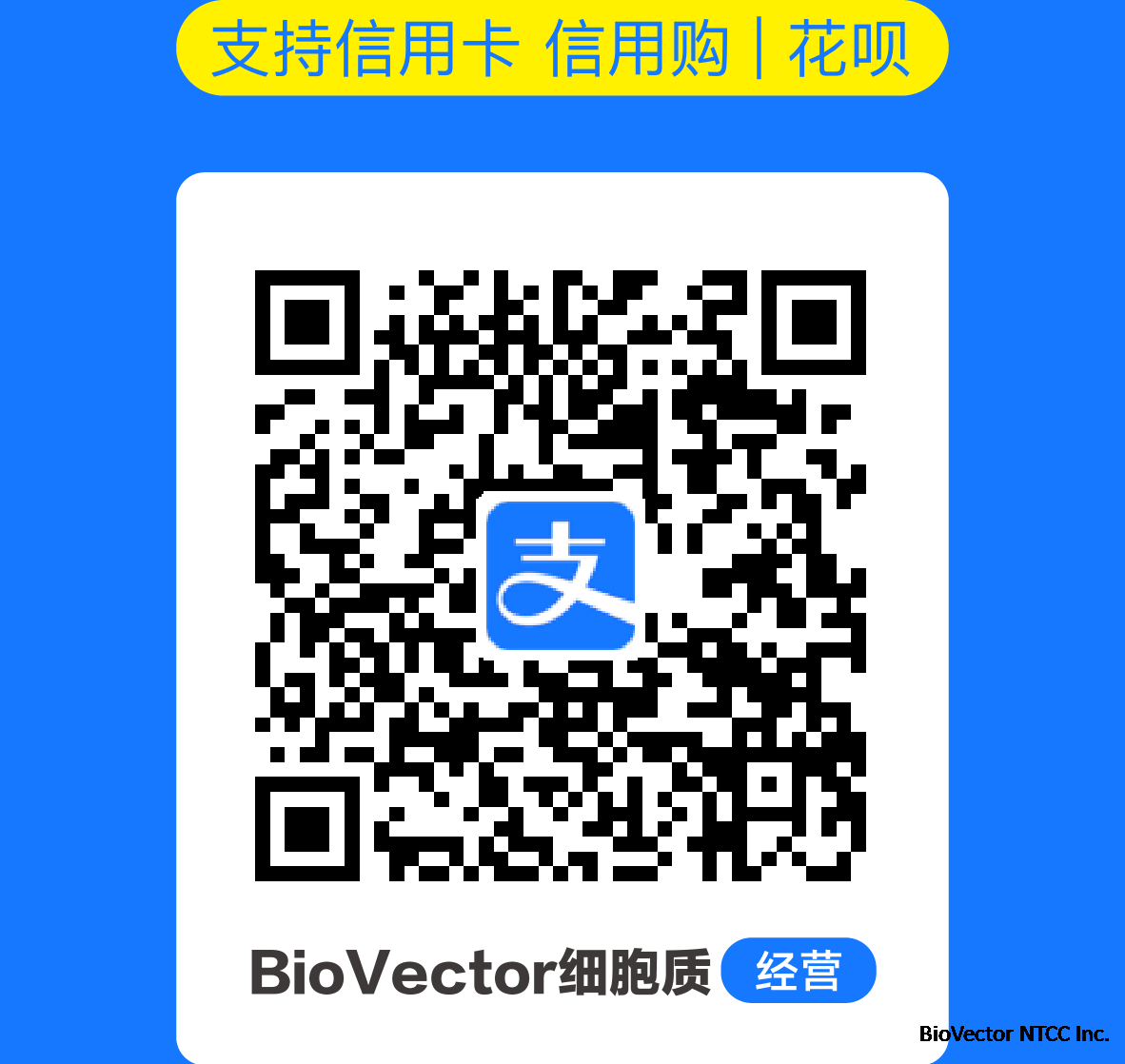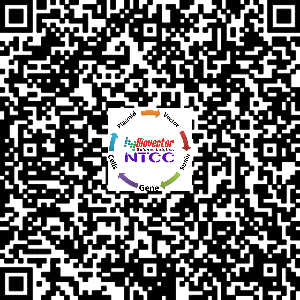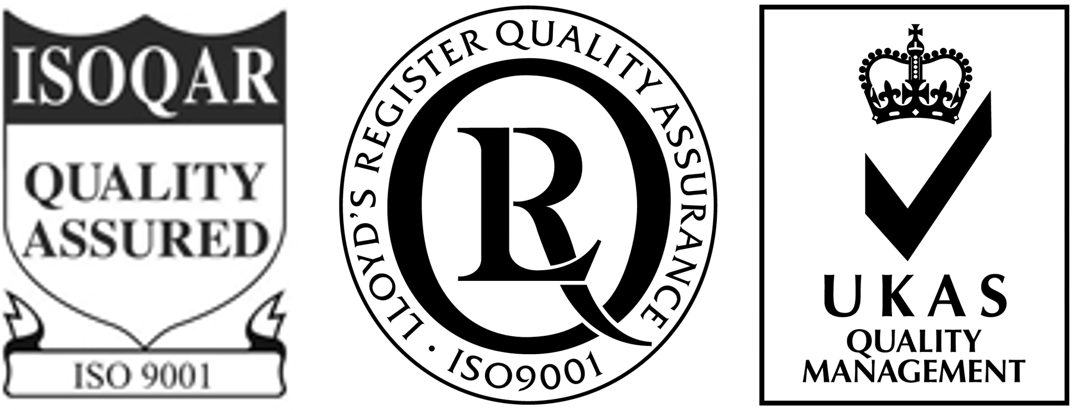#219031 (pFA-cFos Plasmid) BioVector NTCC质粒载体菌种细胞基因保藏中心
- 价 格:¥49865
- 货 号:#219031 (pFA-cFos Plasmid)
- 产 地:北京
- BioVector NTCC典型培养物保藏中心
- 联系人:Dr.Xu, Biovector NTCC Inc.
电话:400-800-2947 工作QQ:1843439339 (微信同号)
邮件:Biovector@163.com
手机:18901268599
地址:北京
- 已注册
#219031 (pFA-cFos Plasmid)
PathDetect Control Plasmid Reporting Systems RUOThe PathDetect trans-reporting systems allows you to determine the direct or indirect involvement of new gene products, growth factors, and drug candidates in specific pathways. They are available as plasmid vectors with a luciferase reporter for cotransfection with the gene of interest.Investigate whether your protein or compound influences the activation of any of the six transcription factors offered. For ultimate flexibility, the pFA-CMV vector includes a multiple cloning site for inserting and expressing any transcription factor of interest.#219000 (PathDetect c-Jun trans-Reporting System)#219005 (PathDetect Elk1 trans-Reporting System)#219010 (PathDetect CREB trans-Reporting System)#219015 (PathDetect CHOP trans-Reporting System)#219026 (pFA-ATF2 Plasmid)#219031 (pFA-cFos Plasmid)#219036 (pFA-CMV Plasmid)#219001 (pFR-CAT Plasmid)#219002 (pFR-βGal Plasmid)#219004 (pFR-SEAP Plasmid) The PathDetect in vivo signal transduction pathway trans-reporting systemsare designed for specific, rapid, and convenient assessment of the in vivoactivation of transcription activators and upstream signal transductionpathways.1, 2 The systems are useful for identifying whether a newly clonedgene is involved in a signal transduction pathway, and if so, at which step ofthe pathway. These reporting systems can also be used to study the in vivoeffects of growth factors, drug candidates, and extracellular stimuli onPathDetect signal transduction pathways. Some of the reporters may also beused for cloning novel signal transduction genes, and may be useful foridentifying drug candidates in a high-throughput format.Each PathDetect trans-reporting system includes a unique fusion transactivator plasmid that expresses a fusion protein (see Figure 2 inAppendix I). The fusion protein is a trans-acting, pathway-specifictranscriptional activator (i.e., a fusion trans-activator protein). The fusiontrans-activator protein consists of the activation domain of either thec-Jun,3,–6 Elk1,6–9 CREB,6, 10 CHOP,2, 11 ATF2,12, 13 or c-Fos12, 13 transcriptionalactivator fused with the yeast GAL4 DNA binding domain (DBD),14, 15residues 1–147. The transcriptional activators c-Jun, Elk1, CREB, andCHOP are phosphorylated and activated by c-Jun N-terminal kinase (JNK),mitogen-activated protein kinase (MAPK), cyclic AMP-dependent kinase(PKA), or p38 MAP kinase, respectively, and their activity reflects the invivo activation of these kinases and the corresponding signal transductionpathways. The signal transduction pathways leading to the phosphorylationof the transcription activators ATF2 and c-Fos are not characterized.The fusion trans-activator plasmid contains the human cytomegalovirus(CMV) immediate early promoter to drive the constitutive expression of thetrans-activator protein in a wide variety of eukaryotic cell lines. Selection inbacteria is made possible by the kanamycin-resistance gene, which is undercontrol of the prokaryotic β-lactamase promoter. The neomycin-resistancegene, driven by the SV40 early promoter, provides stable selection withG418 in mammalian cells.The pFA-CMV trans-Activator PlasmidThe pFA-CMV plasmid is a mammalian expression vector that is designedto allow the study of any transcription activator and signal transductionpathway of interest. The pFA-CMV plasmid is designed for convenientinsertion of the activation domain sequence of any transcription activator.The fusion trans-activator protein expressed by the pFA-CMV plasmidconsists of the activation domain of the transcription activator of interestfused with the DNA binding domain of the yeast GAL4. The pFR-Luc Reporter PlasmidThe pFR-Luc reporter plasmid contains a synthetic promoter with fivetandem repeats of the yeast GAL4 binding sites that control expression ofthe Photinus pyralis (American firefly) luciferase gene (see Figure 3 inAppendix I). The DNA binding domain of the fusion trans-activator proteinbinds to the reporter plasmid at the GAL4 binding sites. When a fusiontrans-activator plasmid, reporter plasmid, and an uncharacterized gene arecotransfected into mammalian cells, direct or indirect phosphorylation of thetranscription activation domain of the fusion trans-activator protein by theuncharacterized gene product will activate transcription of the luciferasegene from the reporter plasmid (Figure 1). Expression (or activity) levels ofluciferase reflect the activation status of the signaling events.Alternate Reporter ProteinsWe have constructed a series of plasmids that enable the use of thePathDetect system with reporter proteins other than luciferase. Thesealternate reporter proteins may offer advantages for certain laboratories orexperiments. These reporter proteins include chloramphenicolacetyltransferase (CAT), β-galactosidase, and the secreted alkalinephosphatase (SEAP). The plasmids have the same backbone as the pFR-Lucplasmid and have been validated to function with the PathDetect reportingsystems (see Figure 3 in Appendix I). For protocols outlining the use ofthese alternate reporter proteins see Alternate Reporter Plasmids.
Supplier来源:BioVector NTCC Inc.
TEL电话:400-800-2947
Website网址: http://www.biovector.net
PathDetect Control Plasmid Reporting Systems RUOThe PathDetect trans-reporting systems allows you to determine the direct or indirect involvement of new gene products, growth factors, and drug candidates in specific pathways. They are available as plasmid vectors with a luciferase reporter for cotransfection with the gene of interest.Investigate whether your protein or compound influences the activation of any of the six transcription factors offered. For ultimate flexibility, the pFA-CMV vector includes a multiple cloning site for inserting and expressing any transcription factor of interest.#219000 (PathDetect c-Jun trans-Reporting System)#219005 (PathDetect Elk1 trans-Reporting System)#219010 (PathDetect CREB trans-Reporting System)#219015 (PathDetect CHOP trans-Reporting System)#219026 (pFA-ATF2 Plasmid)#219031 (pFA-cFos Plasmid)#219036 (pFA-CMV Plasmid)#219001 (pFR-CAT Plasmid)#219002 (pFR-βGal Plasmid)#219004 (pFR-SEAP Plasmid) The PathDetect in vivo signal transduction pathway trans-reporting systemsare designed for specific, rapid, and convenient assessment of the in vivoactivation of transcription activators and upstream signal transductionpathways.1, 2 The systems are useful for identifying whether a newly clonedgene is involved in a signal transduction pathway, and if so, at which step ofthe pathway. These reporting systems can also be used to study the in vivoeffects of growth factors, drug candidates, and extracellular stimuli onPathDetect signal transduction pathways. Some of the reporters may also beused for cloning novel signal transduction genes, and may be useful foridentifying drug candidates in a high-throughput format.Each PathDetect trans-reporting system includes a unique fusion transactivator plasmid that expresses a fusion protein (see Figure 2 inAppendix I). The fusion protein is a trans-acting, pathway-specifictranscriptional activator (i.e., a fusion trans-activator protein). The fusiontrans-activator protein consists of the activation domain of either thec-Jun,3,–6 Elk1,6–9 CREB,6, 10 CHOP,2, 11 ATF2,12, 13 or c-Fos12, 13 transcriptionalactivator fused with the yeast GAL4 DNA binding domain (DBD),14, 15residues 1–147. The transcriptional activators c-Jun, Elk1, CREB, andCHOP are phosphorylated and activated by c-Jun N-terminal kinase (JNK),mitogen-activated protein kinase (MAPK), cyclic AMP-dependent kinase(PKA), or p38 MAP kinase, respectively, and their activity reflects the invivo activation of these kinases and the corresponding signal transductionpathways. The signal transduction pathways leading to the phosphorylationof the transcription activators ATF2 and c-Fos are not characterized.The fusion trans-activator plasmid contains the human cytomegalovirus(CMV) immediate early promoter to drive the constitutive expression of thetrans-activator protein in a wide variety of eukaryotic cell lines. Selection inbacteria is made possible by the kanamycin-resistance gene, which is undercontrol of the prokaryotic β-lactamase promoter. The neomycin-resistancegene, driven by the SV40 early promoter, provides stable selection withG418 in mammalian cells.The pFA-CMV trans-Activator PlasmidThe pFA-CMV plasmid is a mammalian expression vector that is designedto allow the study of any transcription activator and signal transductionpathway of interest. The pFA-CMV plasmid is designed for convenientinsertion of the activation domain sequence of any transcription activator.The fusion trans-activator protein expressed by the pFA-CMV plasmidconsists of the activation domain of the transcription activator of interestfused with the DNA binding domain of the yeast GAL4. The pFR-Luc Reporter PlasmidThe pFR-Luc reporter plasmid contains a synthetic promoter with fivetandem repeats of the yeast GAL4 binding sites that control expression ofthe Photinus pyralis (American firefly) luciferase gene (see Figure 3 inAppendix I). The DNA binding domain of the fusion trans-activator proteinbinds to the reporter plasmid at the GAL4 binding sites. When a fusiontrans-activator plasmid, reporter plasmid, and an uncharacterized gene arecotransfected into mammalian cells, direct or indirect phosphorylation of thetranscription activation domain of the fusion trans-activator protein by theuncharacterized gene product will activate transcription of the luciferasegene from the reporter plasmid (Figure 1). Expression (or activity) levels ofluciferase reflect the activation status of the signaling events.Alternate Reporter ProteinsWe have constructed a series of plasmids that enable the use of thePathDetect system with reporter proteins other than luciferase. Thesealternate reporter proteins may offer advantages for certain laboratories orexperiments. These reporter proteins include chloramphenicolacetyltransferase (CAT), β-galactosidase, and the secreted alkalinephosphatase (SEAP). The plasmids have the same backbone as the pFR-Lucplasmid and have been validated to function with the PathDetect reportingsystems (see Figure 3 in Appendix I). For protocols outlining the use ofthese alternate reporter proteins see Alternate Reporter Plasmids.
Supplier来源:BioVector NTCC Inc.
TEL电话:400-800-2947
Website网址: http://www.biovector.net
- 公告/新闻




